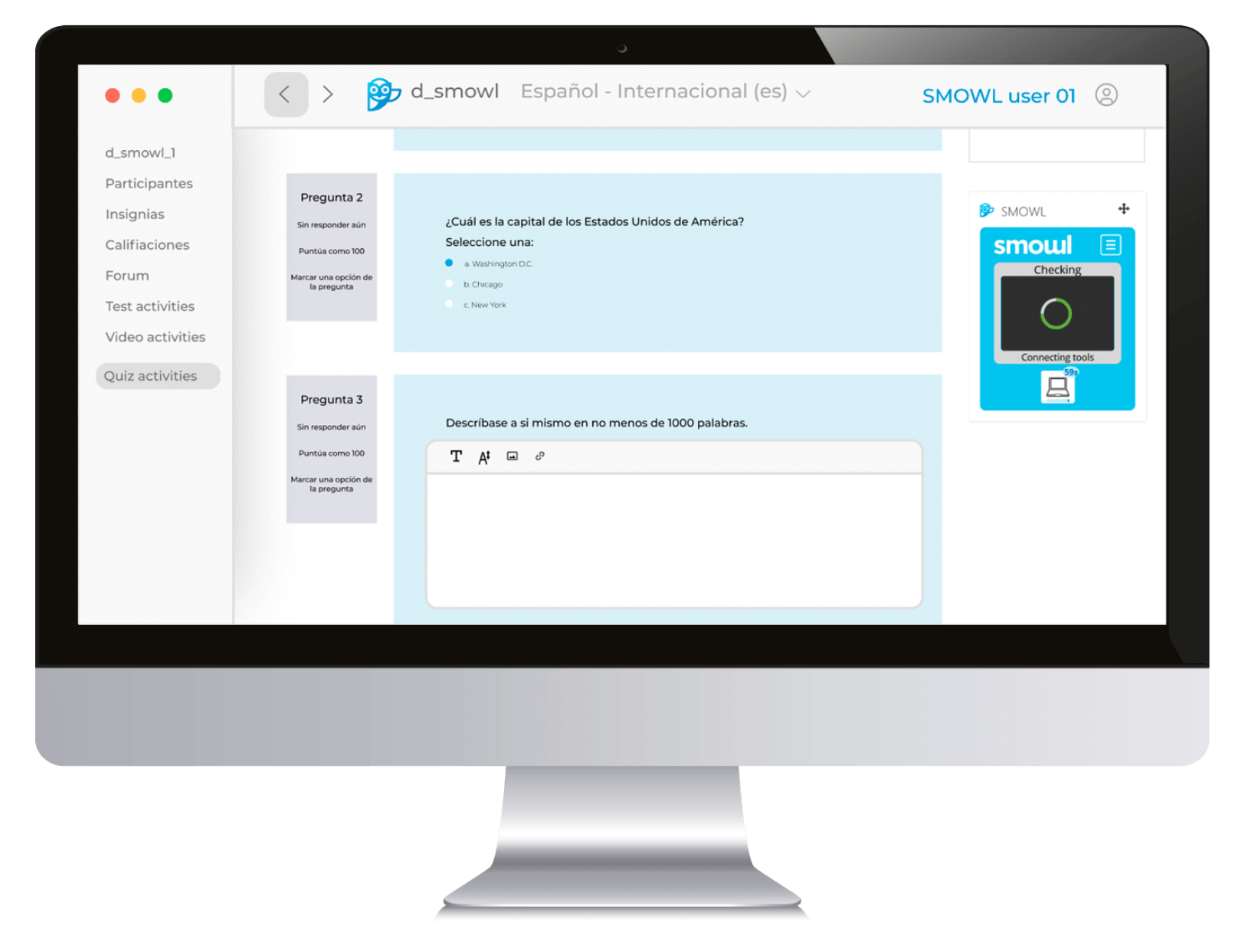Hiring efficiency is measured to achieve recruitment processes that optimize associated time and financial costs while attracting and retaining talent.
In order to ensure the highest hiring efficiency as possible, it is necessary to measure and control a number of aspects that may need improvement.
In this article, we will first explain its meaning and then we will show you what the key efficiency measurements are and how to improve those processes that show deviations or results that are not in line with the company’s objectives.

What is hiring efficiency?
Hiring efficiency is a measure of the regulation of the hiring process and is obtained by controlling and monitoring the performance of key performance indicators or related KPIs.
This control allows the company to take appropriate action if the indicators are not in line with the set objectives or if they show deviations.
How to measure hiring efficiency?
Establishing efficiency measurements allows hiring processes to become not only more efficient but also more agile and less costly.
Subscribe today to SMOWL’s weekly newsletter!
Discover the latest trends in eLearning, technology, and innovation, alongside experts in assessment and talent management. Stay informed about industry updates and get the information you need.
Simply fill out the form and stay up-to-date with everything relevant in our field.
The key metrics for measuring hiring efficiency are shown below:
- Time to fill. This is the amount of time that elapses from the time a job opening is posted until the selected candidate accepts the position.
- Time to hire. The time from posting the job opening until the selected candidate starts working.
- Number of candidates. The number of people who applied for a job opening.
- Number of open positions: The number of job openings in an organization at a given time.
- Source of hire. It shows the source from which the hire was made. Some examples are the company’s recruitment site, recruitment agencies, social media, internal company HR Departments.
- Sourcing channel effectiveness. This measures the effectiveness of the different channels used in recruiting and gives an indication of which channels produce the best results. This measurement contrasts the percentage of applications with the source from which they came.
- Sourcing channel costs. Just as sourcing channel effectiveness can be measured, so can sourcing channel costs. For example, if recruiting was done through an advertising campaign, the cost is the result of dividing the ad spend per platform by the number of qualified applications per platform.
- Application completion rate. This is the ratio that measures the number of candidates who submitted an application versus the number of them who were able to correctly complete the application. Ultimately, it measures the efficiency and appropriateness of the initial application intake process.
- Candidate/New employee experience. It measures how positive the candidate journey was for new candidates or the experience of new employees in the onboarding process. The Net Promoter Score (NPS) is often used to calculate this.
- Cost to hire. This is the total effort involved in the process of recruiting one or more new employees until they join and fill the position. It is calculated by adding up all the amounts allocated to this process.
- Cost per hire. This is the amount calculated by dividing the cost to hire by the number of hires.
- Recruitment funnel effectiveness. It measures the effectiveness of all steps in the recruitment funnel and is calculated by dividing the number of candidates who successfully completed the process by the number of candidates who initiated the process.
- Offer acceptance rate. This metric quantifies the number of offers presented versus the number of candidates who accepted the position.
- Quality of hire. This metric is qualitative and determines the success rate of employees. It includes factors such as satisfaction, commitment and impact on company culture, success of their performance in the position, etc.
- Turnover rate. A ratio that measures the number of people who leave the company.
- Employee satisfaction rate. This ratio measures how satisfied employees are with the job they do or the organization they work for.
- New employee retention rate. The number of new hires who remain with the company after a given period of time.
- First-year attrition rate. The attrition rate measures the number of employees who leave the company during their first year on the job.
- Productivity rates and statistics: This evaluates employee productivity in terms that allow statistics to be calculated.
- Cost of achieving Optimum Productivity Level. Also known by the acronym OPL, this effectiveness measure evaluates the total cost of bringing the employee up to speed to achieve the required level of productivity as quickly as possible. Although it is a post-hire metric, it has its origins in the earlier hiring efficiency metric.
- Recruitment ROI. It is used to measure the overall effectiveness and economic return of recruitment processes.

7 tips for improving an efficient recruitment process
Once the performance indicators have been analyzed, it is time to see which of them it is necessary to apply improvement measures to, either at a general level or specifically.
- Leverage technology. The latest generation of technology allows you, among other things, to automate tasks, to extract valuable information faster and more economically and to conduct a more thorough and optimized follow-up of candidates. All of this leads to better management of the process, neutralizing potential bottlenecks during peak hiring periods, for example.
- Improve communication. This type of process requires fluid and transparent communication with candidates and also between the departments involved. Simple things such as keeping candidates informed about the status of their application will improve the candidate-company relationship. On the other hand, proper communication between the departments requesting candidates and those in charge of the selection process helps the process run efficiently.
- Prioritize the candidate experience. If the candidate has a good image of the company from the beginning, the whole process will run more smoothly. However, if the candidate discovers anomalies in the early stages, distrust of the company could lead to abandonment of the candidacy with the risk of losing a talent before its time.
- Know how to filter candidates efficiency. Selecting the ideal candidates at the outset saves both time and money. This is easily achieved by establishing clear, measurable selection criteria that are aligned with the goals to be achieved.
- Ask culture-fit interview questions. In addition to the knowledge and skills required for the position, the candidate must be able to fit into the culture of the organization. Supplementing interviews with questions about the ideal environment the candidate is looking for or affinity with key points of the company’s culture, can help make the right choice among potential candidates.
- Don’t ignore metrics’ answers. There’s no point in extracting a set of metrics if you don’t analyze them one by one. Evaluating each one helps identify relevant patterns that open the door to optimizing the hiring efficiency of subsequent processes.
- Learn from the mistakes. Making mistakes in a recruiting process is not the problem. The real problem is making mistakes and not taking action or learning from why they were made. Not making mistakes again means taking corrective actions.
At SMOWL we have a range of proctoring plans that are designed to help you run recruitment processes that are tailored to your needs.
Ask for a free demo and we will show you what our software can do for recruitment agencies and HR departments.
Download now!
8 interesting
facts
about proctoring
Discover everything you need about online proctoring in this book to know how to choose the best software.
Fill out the form and download the guide now.
And subscribe to the weekly SMOWL newsletter to get exclusive offers and promotions.
You will discover all the trends in eLearning, technology, innovation, and proctoring at the hands of evaluation and talent management experts.






